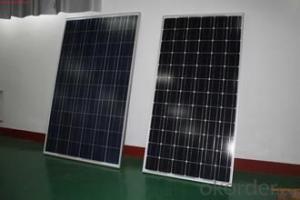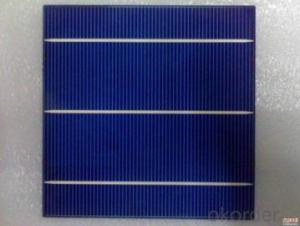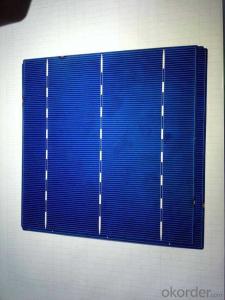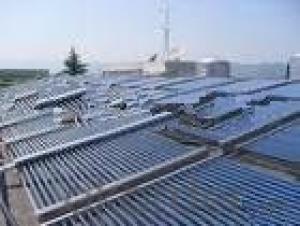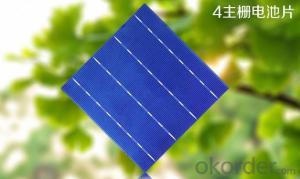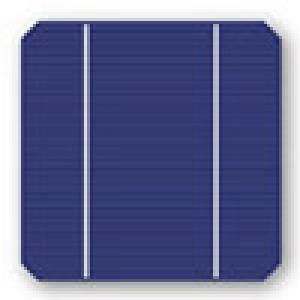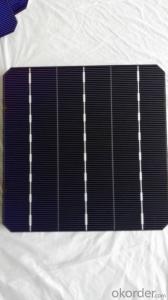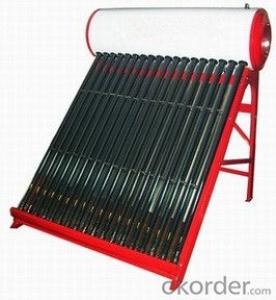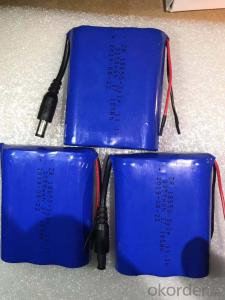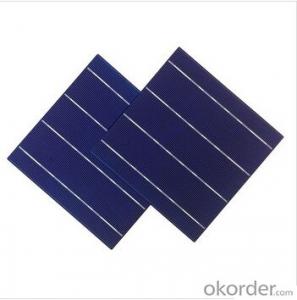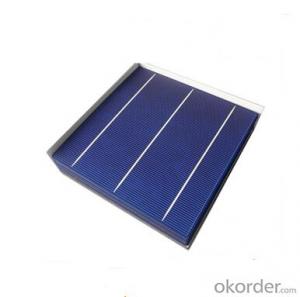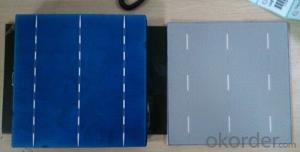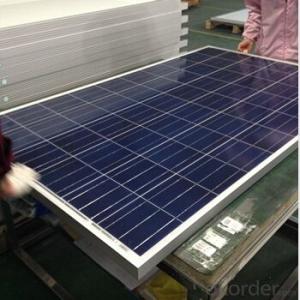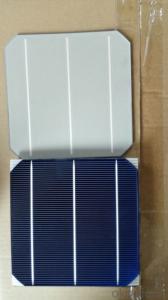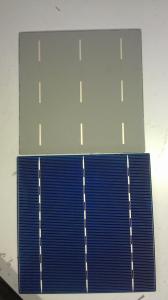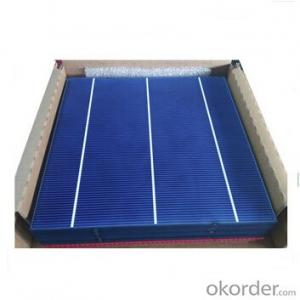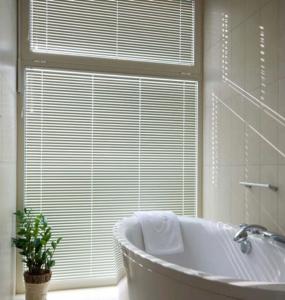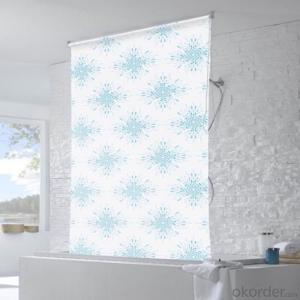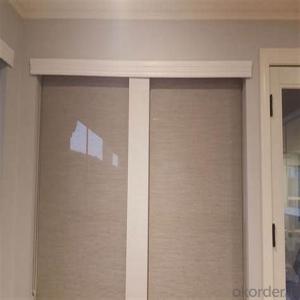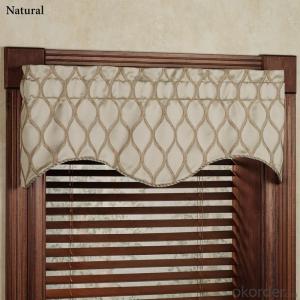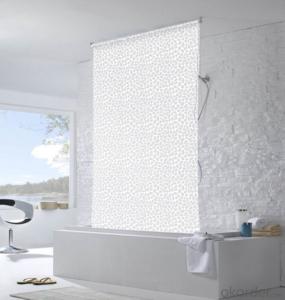Polymer Based Solar Cells
Polymer Based Solar Cells Related Searches
Polymer Solar Cells Polymer Fullerene Solar Cells Organic Polymer Solar Cells Plant Based Solar Cells Flexible Polymer Solar Cells Fiber Based Solar Cells Photovoltaic Solar Cells Poly Solar Module Printed Solar Cells Foldable Solar Cells Compact Solar Cells Printable Solar Cells Dye Based Solar Cells Multilayer Solar Cells Folding Solar Cells Screen Printed Solar Cells Chipped Solar Cells Polymer Solar Cells Market Satellite Solar Cells Pid Free Solar Cells Bulk Solar Cells Bendable Solar Cells Photovoltaic Pv Solar Cells Plasmonic Solar Cells Pv Solar Cells High Performance Solar Cells Lightweight Solar Cells Biomimicry Solar Cells Biogenic Solar Cells Low Cost Solar CellsPolymer Based Solar Cells Supplier & Manufacturer from China
Polymer-based solar cells are a type of photovoltaic technology that utilizes organic polymers as the light-absorbing material in the cell structure. These cells offer several advantages over traditional silicon-based solar cells, such as lower production costs, flexibility, and the potential for large-scale manufacturing. They are designed to efficiently convert sunlight into electricity, providing a sustainable and eco-friendly energy solution for various applications.Polymer-based solar cells find their application in a wide range of usage scenarios, including residential rooftops, commercial buildings, and portable electronic devices. Their flexibility allows for the integration of solar cells into various structures and surfaces, making them a versatile option for both indoor and outdoor applications. Additionally, their lightweight nature makes them suitable for use in portable power solutions, such as charging devices in remote locations or powering small electronic gadgets.
Okorder.com is a leading wholesale supplier of polymer-based solar cells, boasting a large inventory of high-quality products. As a reputable online platform, Okorder.com offers competitive prices and reliable customer service, ensuring that customers receive the best value for their investment. By partnering with Okorder.com, businesses and individuals can access a diverse selection of polymer-based solar cells to meet their specific energy needs and contribute to a greener future.
Hot Products
